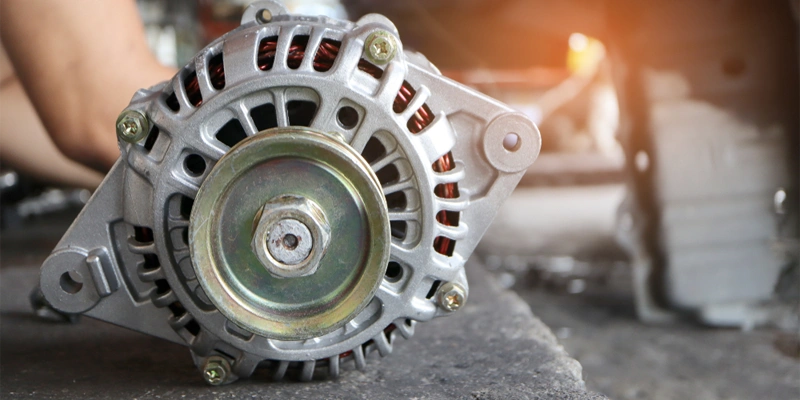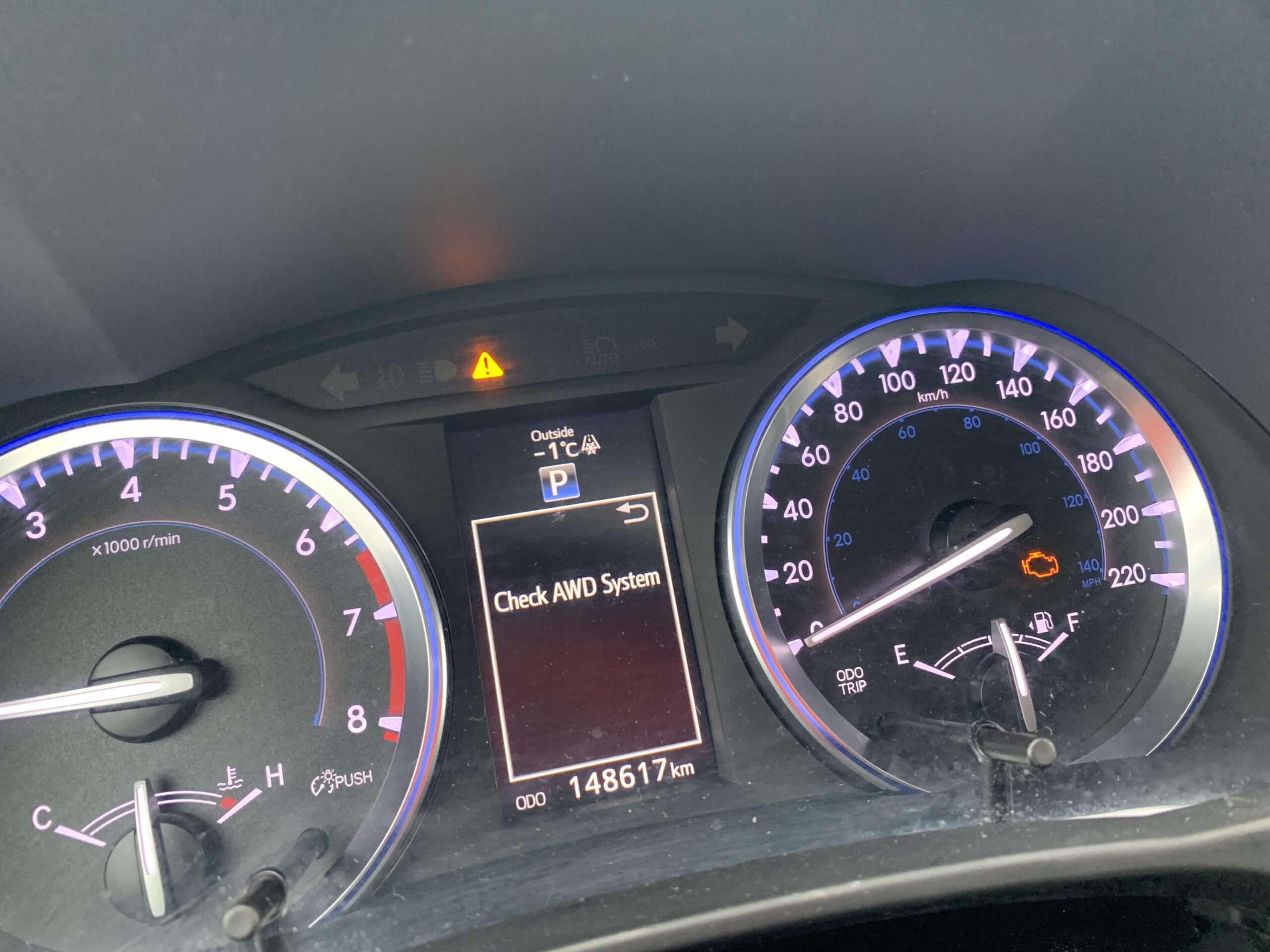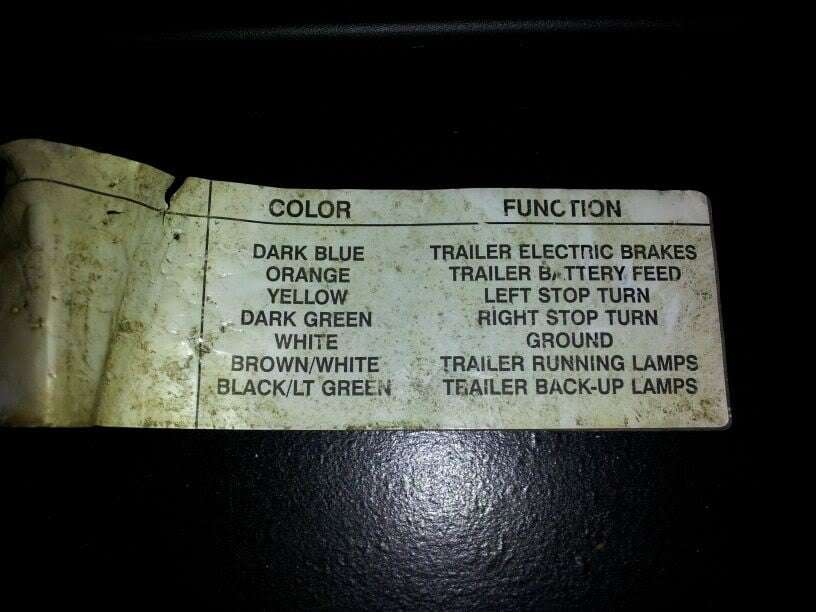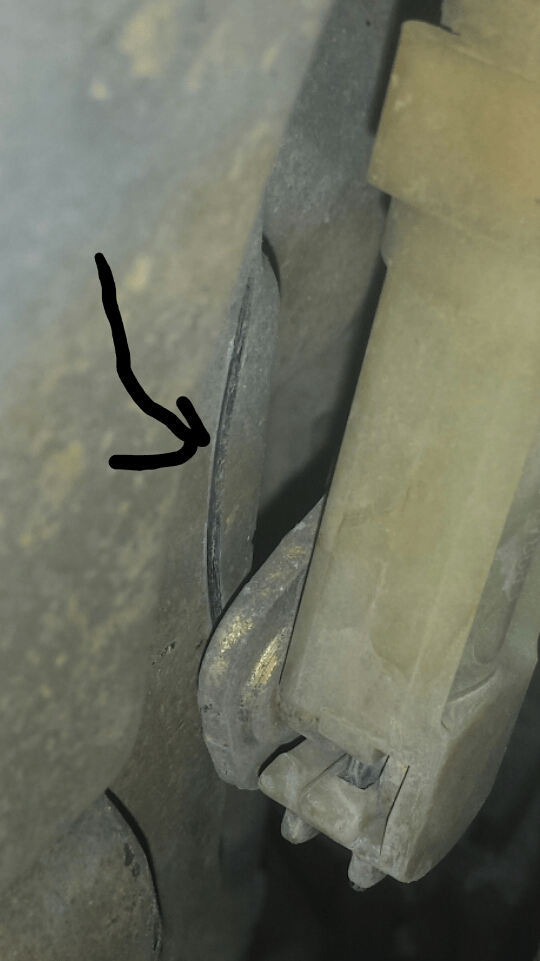Many mechanics describe the alternator as the mind of the car. It plays an essential role in the proper running of a vehicle. It runs with the engine power to distribute voltage to all the electrical components of a car.
The alternator and the battery work in harmony – the battery provides voltage to start the engine and the alternator charge the battery so it can start the engine next time.
So, if the alternator fails while cruising down the road on a sunny afternoon, knowing how to test the alternator by disconnecting the battery might help you figure out what’s wrong and probably get you back on the road.
A defective alternator means the car isn’t going to stay on the road for long. Your car won’t run longer than 30-45 minutes before the battery dies. There are other proven ways to test your battery when something is wrong with it. But for a quick inspection, disconnecting the battery is the right option.
What are the signs of a bad alternator?
These are signs of a bad alternator you should watch out for when you suspect issues on it.
- Dim headlight
- Weird sound and smell
- Problematic electrical accessories
- Dead battery
- Difficulty in starting the car
- Whining growling noise
- Battery warning light on the dashboard
Symptoms of a bad alternator
When you suspect your alternator is bad, before testing it, there are symptoms you should watch out for. There are possibilities the alternator is working fine, but the issue is arising from other system components like the battery.
You wouldn’t have to spend all day checking the alternator while the problem lies on other parts. Hence, here are the signs of alternator failure you should watch out for;
Dim headlights
Once you have a faulty alternator in place, the headlight in your car will start dimming. The car starts with the help of the battery, and the alternator keeps it running by providing voltage to all the electrical components in the vehicle.
So, if the headlights, all internal lights, and dashboard lights are glowing as they should, your alternator is working optimally. If these lights are dimming, it implies that the alternator is not providing adequate power output to keep them running properly.
Weird sounds and smells
Another common symptom of a failed alternator is a strange sound and smell from the engine bay. However, there are other system components that will give the same sign when they die.
Proper diagnosis will help you detect the cause of the weird sounds and smell.
But if you notice strange sounds and smells along with any symptoms mentioned in this article, it is a pointer that the alternator is bad. These smells and sounds can be an indication of excessive friction or overheating in the alternator.
Problematic electrical accessories
As stated above, some mechanics describe the alternator as the mind of the vehicle. It is also seen as a powerhouse of the electrical systems in a car.
If components like power windows, air conditioner, dashboard lights, radio, and electrical external and internal parts are functioning nice and smoothly, consider checking if the alternator is dysfunctional.
Dead battery
Sometimes, a dead battery is due to a bad alternator, or maybe you accidentally left the electrical systems on all night. Such electrical components include headlights, radio, air conditioning systems.
A defective alternator won’t supply the required alternator output power when the engine is running, resulting in over laboring the battery.
The simplest means of testing whether the issues lie on the battery or alternator is using a jump starter.
If your car stays running after jump-starting the battery, it implies you have a dead battery that needs replacement or recharging. In contrast, if the car dies after jump-starting the battery, the alternator gives limited electrical flow. In others, the alternator is not charging the battery.
Related post: how to charge a dead car battery without a charger
Difficulty starting the car and engine stalling
As the alternator’s work is to recharge the battery, if you’re finding it difficult to start your car, it implies that you have a dead battery resulting from the alternator’s inability to keep the battery charged.
If you try starting the vehicle and all you hear is a clicking sound instead of the engine turning on, it could be a dead battery.
On the flip side, frequent stalling of an engine could also mean the ignition systems such as spark plugs, distributors, high tension wires are not receiving enough voltage from the alternator to the engine running nice and smoothly.
Whining or growling noise
Every car makes specific noise when running. However, Loud noises indicate a malfunctioning alternator that needs attention from a certified mechanic.
Growling or whining noise is usually associated with alternator pulley issues. This happens majorly when the serpentine belt is misaligned. It also arises when the alternator inner bearings are wearing out.
Battery warning lights ON the dashboard
A battery indicator light on the dashboard signifies a specific problem – battery or alternator issues. Although, the battery warning light could also indicate other electrical issues that have to do with the battery and alternator.
Alternators are specifically designed to run at 13-14.5 volts. A defective alternator will run below or above the designated voltage it should, causing the battery light to pop up on the instrument cluster.
Testing the alternator by disconnecting the battery
Here’s the most straightforward method on how to test the alternator by disconnecting the battery;
Step 1: Park the vehicle in a level and safe place
The first step to take is to Park the vehicle on a level and firm ground. You can also do it on the driveway.
Step 2: Open the hood
Open the hood and make sure it is in a stable position so the hood won’t accidentally fall on you while testing the alternator.
Step 3: Start the car
Now, start the car. You may face specific issues due to the defective alternator.
Step 4: Disconnect the positive terminal
Go back to the engine bay and check if there is dirt or corrosion on the battery terminals and remove it. Disconnect the positive cable while the engine is idling and check if there are any changes on how the engine is idling.
If there are no changes when you unplug the battery terminals, it implies the alternator is working fine. The problem might come from other system components. But if you notice changes when you disconnect the battery cable, it means you have a lousy battery that needs to be checked by a certified mechanic.
Why this method is not Safe!
As explained earlier, the alternator supplies the electricity flow to the electrical components. So, when you disconnect the battery, the alternator gives high voltage to the electrical systems. This is because the battery helps in stabilizing the electric current from the alternator.
Due to the high voltage supplied by the alternator, some of the electrical systems may incur damages, which will cost you hundreds of dollars to fix.
Furthermore, as a result of the excessive voltage, some fuses in the fuse box may burn. Hence, if you don’t want to trade your electrical components for anything, abstain from this method.
Alternative method that is Comparatively Safe!
Instead of using the above method and stand the risk of sending high electrical voltage to the system, resulting in electrical damages. There are other methods that are comparatively safe. You can use the voltmeter method and follow the proceeding steps.
- Park the vehicle in a safe place. Turn on the engine and switch off all electrical accessories.
- Take the voltage reading between the battery positive and negative terminal with a voltmeter.
- While the engine is still running, turn on all the electrical components and retake the reading.
The first reading should be 14v while the second reading should be 13v. Any reading above or below the mentioned volts signifies a lousy alternator.
FAQs
What Is The Other Option To Test The Alternator Of Your Car?
Why Is It Not Safe And Trustworthy To Test Alternator By Disconnecting Battery?
If the battery is disconnected and all the load of maintaining the electrical system is placed on the alternator, it will outburst a high electrical voltage of about 150 volts (the volt may vary depending on the speed you are cruising on). Due to too much voltage, it will lead to overheating on the electrical systems, resulting in catastrophic damages.
Q. What Are The Precautions To Take While Testing Alternator By Disconnecting Battery?
Ans. We already know that this method is not safe. However, there are precautions to take to avoid damaging system components. They include;
- Ensure the bonnet hook is supporting the hood properly.
- Wear gloves during the test and avoid touching the terminals with bare hands.
Final Word
Now that we have explained why testing alternators by disconnecting the battery is not safe, it is imperative to know why it is not recommended.
No matter the precautions, the risk involved is high. If you notice the signs of a bad alternator, it is crucial to seek professional assistance if you are not a gearhead.


















